James and the Cold Gun
James and the Cold Gun
Hammersmith Odeon
I’ve recently set up a Patreon, which has gotten off to a good start with 14 Patrons. If you enjoy my work, consider pitching me some money over there. My financial situation is strained to say the least, and every bit helps. Plus you might get to read some writing you’ll enjoy. In the meantime, here’s “James and the Cold Gun.”
A ragtag group of session musicians is enveloped in an infernal red backlight, which makes good on its promise to swallow the entire stage. A cowgirl from some dark dimension swaggers onstage, posing in a black and gold robe for the presumably dumbfounded audience. For close to nine minutes, the cowgirl sweeps across the stage, wailing over the cacophony of her band and illustrating her lyrics with suitably on-the-nose gestures. It culminates, as any Chekov-honoring song featuring “gun” in the title does, with a murder, as the cowgirl blasts the life out of an adversary, each gunshot met beat-for-beat by accompanying drums. Contorting her body in a freakish victory dance, the cowgirl ends the song lifting a rifle above her head in triumph, as her audience roars its approval.
“James and the Cold Gun” is The Kick Inside’s showstopping number, Bush’s rockiest song. It features American western imagery at length (“it’s not there in the GIN/that makes you laugh long and loud”), guitars dominating the band, and Duncan Mackay’s organ weeping like it’s in the mix on a Dylan record. This potential international crossover appeal is probably why it was EMI’s original pick for Bush’s debut single until Bush vetoed these plans. It’s easy to see the pop promise EMI found in “James”: it’s closer to the rock that was in the charts. The song was popular among the pub-frequenting audiences of the KT Bush Band. Energetically, it’s closer to chart-topping hard rock acts like Queen than Bush’s courtship of more intricately formalist rock such as Genesis.
We may as well talk about Genesis, who were accustomed to giving the sort of performances Bush would stage for “James and the Cold Gun.” Prog rock’s affinity for jams and playing a single track at great length would manifest in astonishingly long improvs onstage. Peter Gabriel would don make-up and extravagant costumes and give a literary voice to the mirage of sound. It comes as no surprise this approach bears similarities to Bush’s stageshow. While not directly name-checked as an influence on Bush’s tour, Gabriel would come to play a part in her career soon enough.
There is another distinctive element of Genesis that Bush’s work inherits: Englishness. While the predominant trend in British rock was to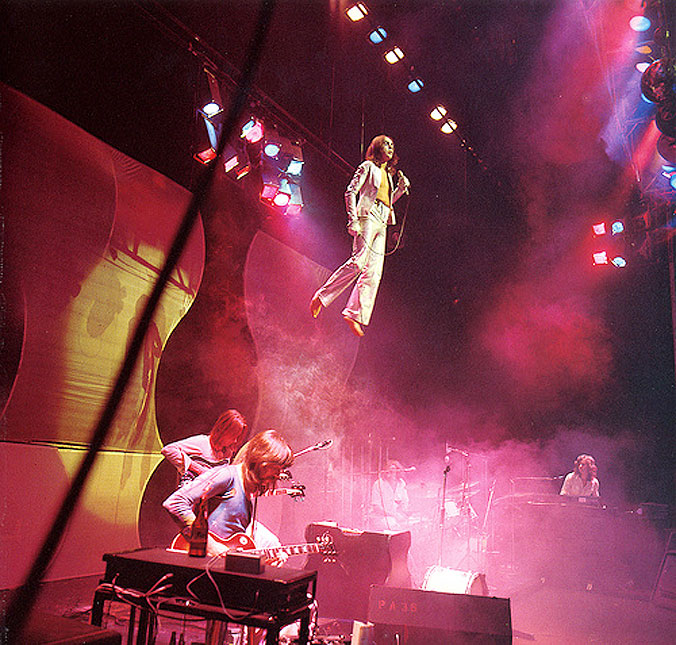 pluck from American music to make it big, Genesis came from a school of art that looked to its homeland for its stories. There’s a pastoral quality to much of their music that’s more at home in a tradition with As You Like It than The Great Gatsby. English land and politics come into Gabriel-era Genesis songs quite often, and Bush’s nurturing relationship with British mythos bears similarities to this approach (which will come to a crescendo in “O England My Lionheart”).…
pluck from American music to make it big, Genesis came from a school of art that looked to its homeland for its stories. There’s a pastoral quality to much of their music that’s more at home in a tradition with As You Like It than The Great Gatsby. English land and politics come into Gabriel-era Genesis songs quite often, and Bush’s nurturing relationship with British mythos bears similarities to this approach (which will come to a crescendo in “O England My Lionheart”).…

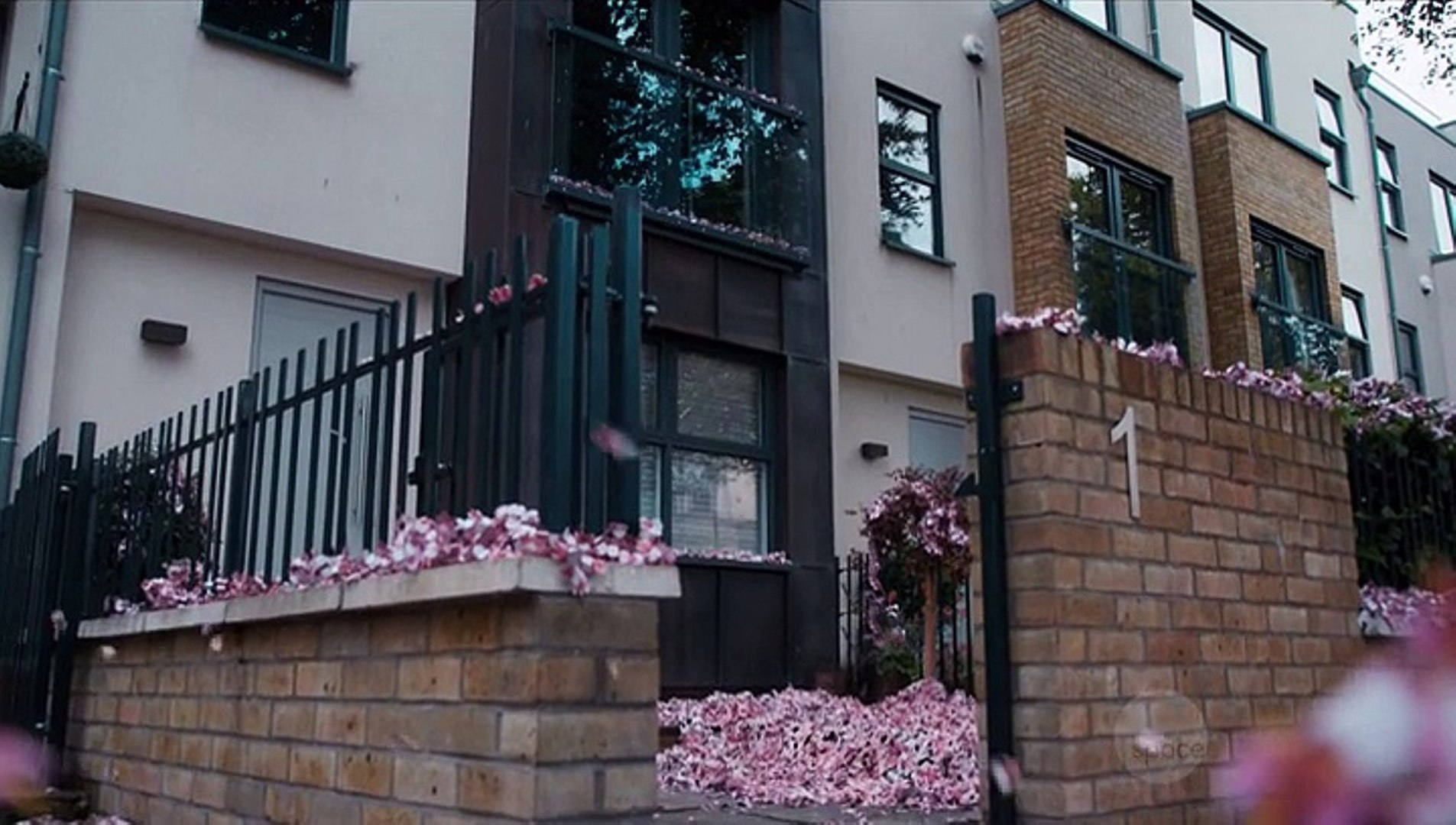 It’s November 5
It’s November 5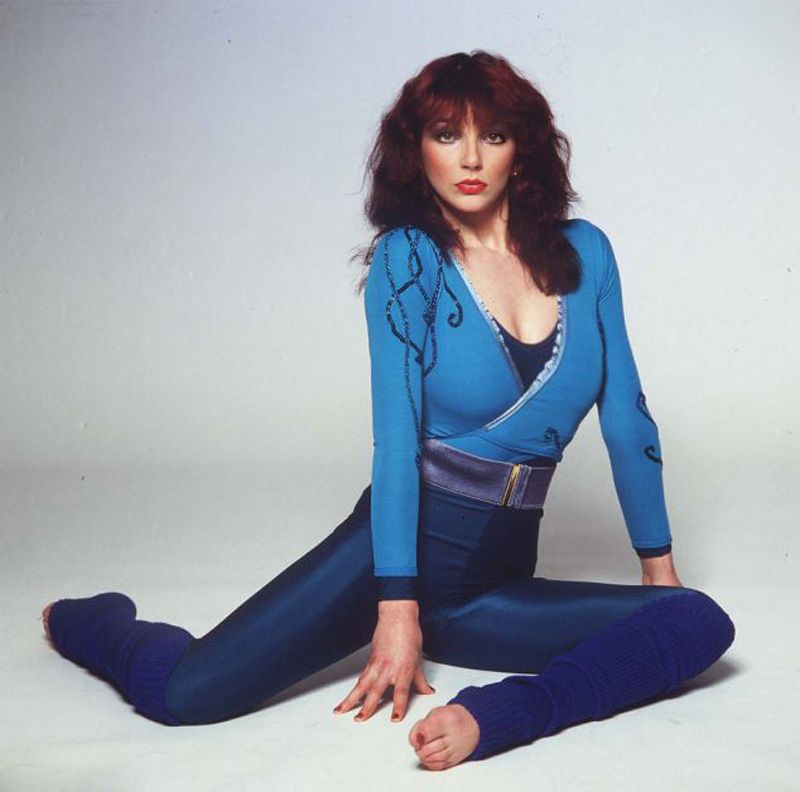

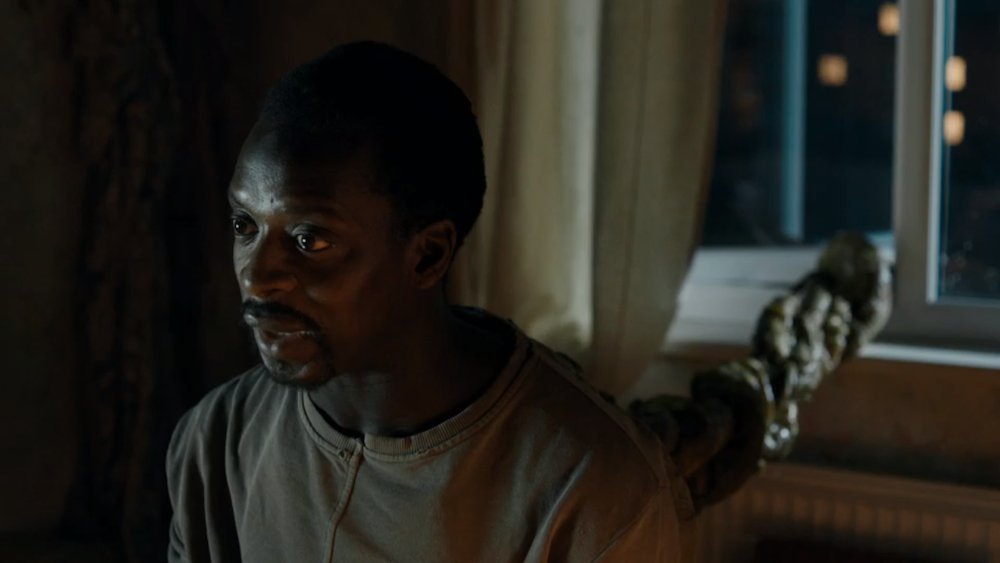 It’s October 29th, 2016. Little Mix remain at number one. Actually, the second, third, fourth, and fifth songs on the chart do too. The news is altogether more volatile; Parliament approves the long-gestating Heathrow third runway project, which isn’t that big. In the US, meanwhile, the far-right militiamen who occupied the Malheur National Wildlife Refuge earlier in the year are all acquitted and FBI Director James Comey makes a stunning intervention into the US Presidential race less than two weeks before election day as he announces the re-opening of the investigation into Hilary Clinton’s e-mails due to e-mails found on a device during the investigation of Anthony Weiner’s sexting of a fifteen year old girl while continuing not to disclose that Trump Campaign was also being investigated over its links to Russia. This has consequences.
It’s October 29th, 2016. Little Mix remain at number one. Actually, the second, third, fourth, and fifth songs on the chart do too. The news is altogether more volatile; Parliament approves the long-gestating Heathrow third runway project, which isn’t that big. In the US, meanwhile, the far-right militiamen who occupied the Malheur National Wildlife Refuge earlier in the year are all acquitted and FBI Director James Comey makes a stunning intervention into the US Presidential race less than two weeks before election day as he announces the re-opening of the investigation into Hilary Clinton’s e-mails due to e-mails found on a device during the investigation of Anthony Weiner’s sexting of a fifteen year old girl while continuing not to disclose that Trump Campaign was also being investigated over its links to Russia. This has consequences.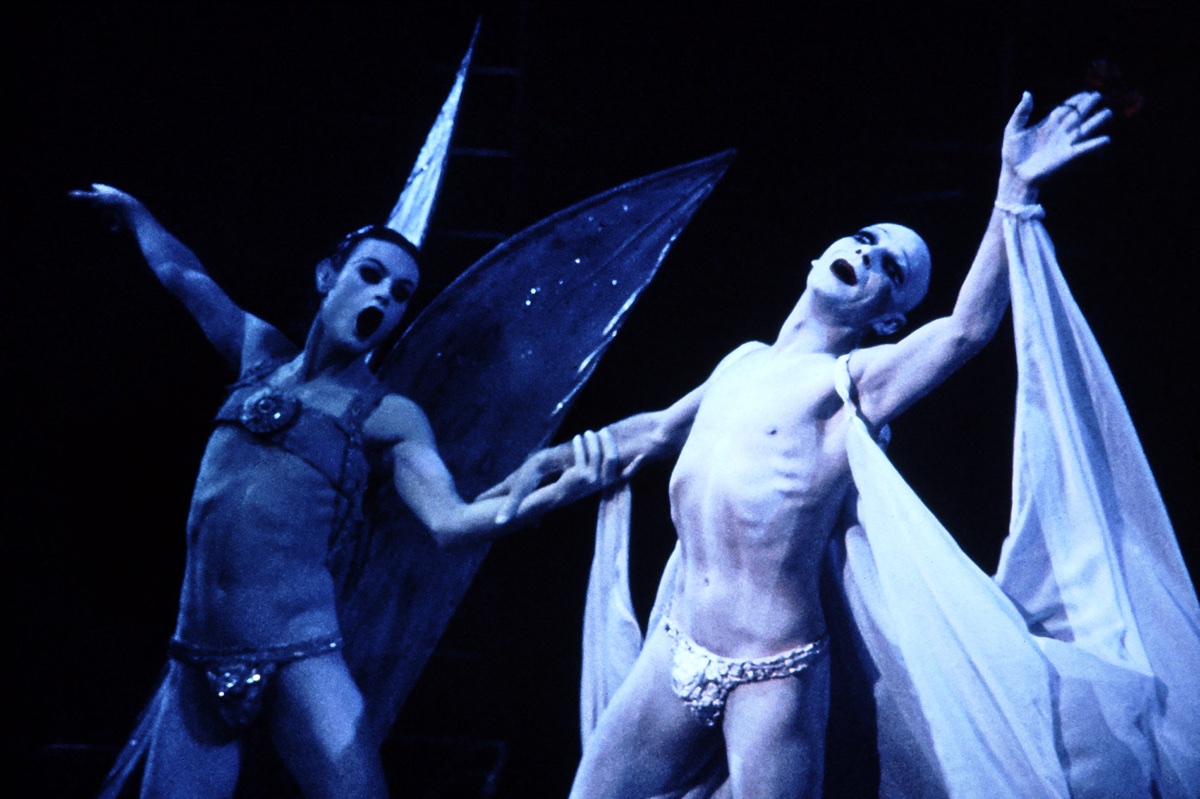
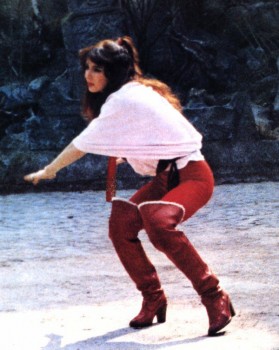 on huge swaths of Bush’s work. She was subsequently instructed by Kemp in his dance classes, and he’s remained an influence on her work. Years later, Bush was still praising Kemp in interviews, and of course she paid her respects upon Kemp’s death last year. It’s easy to feel she never really got over that first performance of Flowers. This display of eroticism, veneration of physical beauty, and dedication to surrealism would remain useful to Bush, staying visible all the way from The Kick Inside to 50 Words for Snow.…
on huge swaths of Bush’s work. She was subsequently instructed by Kemp in his dance classes, and he’s remained an influence on her work. Years later, Bush was still praising Kemp in interviews, and of course she paid her respects upon Kemp’s death last year. It’s easy to feel she never really got over that first performance of Flowers. This display of eroticism, veneration of physical beauty, and dedication to surrealism would remain useful to Bush, staying visible all the way from The Kick Inside to 50 Words for Snow.…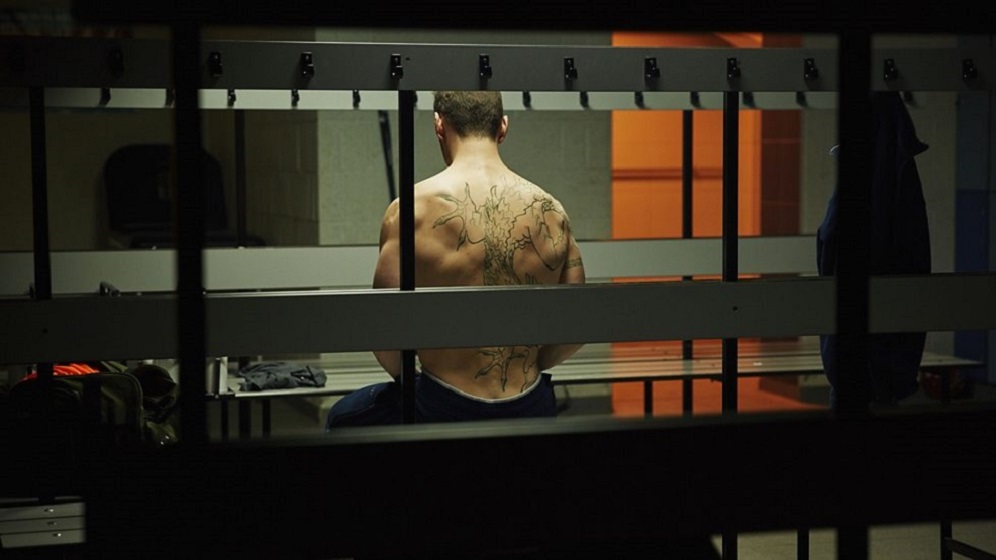 It’s about as long since the last post as it took anybody to select the next episode in the BBC Three menu system. I mean, unless it autoplays. I have no idea. Anyway, neither the music nor news have advanced much in that couple of seconds.
It’s about as long since the last post as it took anybody to select the next episode in the BBC Three menu system. I mean, unless it autoplays. I have no idea. Anyway, neither the music nor news have advanced much in that couple of seconds.
 perfectly enjoyable fluff. Yet “Kite” moves into curious dissonance by playing itself as eccentric reggae (something acknowledged by Bush herself, who called it “a Bob Marley song.”)…
perfectly enjoyable fluff. Yet “Kite” moves into curious dissonance by playing itself as eccentric reggae (something acknowledged by Bush herself, who called it “a Bob Marley song.”)…